In this article, we catch up with Francesco Legrenzi, the author of what would go on to be the definitive guide for V-Ray back in 2008. Francesco has spent the last 4 years dedicating himself to writing a similar guide for Corona Renderer, with the aim of making it just as definitive! We spoke with him about the book, and the work that has gone in to writing it.
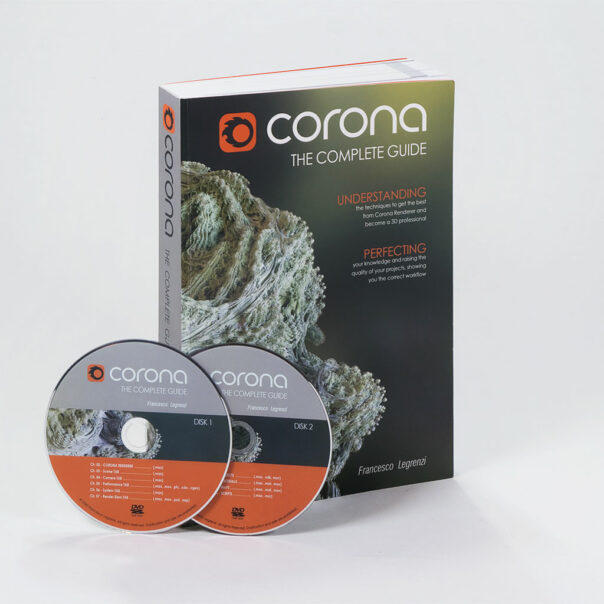
Tell us a little bit about yourself and the studio
My name is Francesco Legrenzi, I was born in Bergamo valley located in northern Italy, and I’m the owner of the studio Legrenzi Studio.
I graduated as a construction engineer at the Faculty of Engineering in Milan in 1999. A teacher there made us discover the fascinating world of 3D, and it was during his last two AutoCAD R14 lessons (back in 1998!) that my passion for CG began.
Since AutoCAD did not offer advanced modelling and rendering tools, he showed us 3D Studio Max Release 1. From that day on, my close “friendship” with 3ds Max started.
I worked for three years as a structural engineer before realizing my true passion, and then I gave up my long-term job, devoting myself to the world of 3D graphics instead.
In 2001 I was asked to participate in the management of a famous Italian graphics forum, where I remained active until 2010. In the meantime, in 2001 I became aware of a small plug-in, V-Ray, developed by Chaos Group, a Bulgarian software house.
In 2005, I began writing what became one of the most referenced books for learning V-Ray: V-Ray – LA GUIDA COMPLETA.
The success was unexpected, and three reprints and an English version were made.
Since then, I immersed myself in the world of 3D, with a special focus on the render engines available for 3ds Max. After years spent directing the Modeling & Lighting department in an architecture firm in Milan, I began working as a freelancer. In 2013, I discovered Corona Renderer, when it was at the Alpha 4 version.
It was relatively unknown, but I decided to use it on a professional level. From that encounter, a close collaboration was born with Chaos Czech a.s., which led to the creation of this book.
What have you been up to since the V-Ray Guide?
After writing the world’s first book for V-Ray (2008), my adventure as a freelancer began, leaving my comfortable 3D graphic job in Milan. It was not easy, especially because I had to introduce my studio to potential clients.
However, it didn’t take long, thanks to the word of mouth and the visibility that the V-Ray book gave me. We worked actively until 2013.
Unfortunately, the world of “arch-viz” rendering was flattening out, and it no longer gave me the satisfaction and emotions that made me change my life back in 2001. All the products we made were monotonous, as were the kinds of projects we were asked to work on.
In 2012 I saw the possibilities of using UDK3 (Unreal Development kit) at an architectural level, but hardware and software were not yet ready. In the meantime, I began to experiment with Corona Renderer, which gave me the new energy I needed.
In 2016 I started writing the world’s first book for Corona Renderer. During the first few months, I worked part-time on this project. Then, from 2017, writing became my main activity, abandoning almost entirely the world of 3D architectural visualization.
How did you first discover Corona Renderer?
I first discovered it many years ago, I think in 2014, when a strange script appeared on scriptspot. I am talking about LightLister. It was a script that allowed us to manage and control the lights of a certain “Corona Renderer”!
Initially, I did not pay much attention to it, but something attracted me. In fact, we already used a similar script for V-Ray, which we continued to use for all our professional projects.
The real breakthrough was when Ondra released the Alpha 4 benchmark for Corona Renderer. It was a small compressed file of around 40 MB. Intrigued, I downloaded it.
The benchmark consisted of a folder containing the files needed for the test render, the Corona Renderer software, the 3d file of a room(in .obj format), the textures, and a file “!runme.bat”.
I clicked on the small .bat file and was immediately amazed. In just twenty seconds I had an excellent preview of the scene.
In two minutes the render was almost perfect; after four minutes and thirty seconds the rendering was finished, all without stains or artefacts. The noise of the image (from now on “noise”) was really low!
At the time it was a real revolution, a truly efficient and CPU-based progressive rendering system.
V-Ray had not yet integrated a progressive “biased” system (BF+LC) and this made me think.
So, I installed my first version of Corona Renderer, the Alpha 4 for 3ds Max 2011, 2012, and 2013.
It was totally free, working 100%, with no time or resolution limits. I was pleasantly surprised by its simplicity, though the interface needed some rework as it was poorly organized at the time.
In any case, coming from a complex engine like V-Ray, I immediately felt at ease. In less than a day I was able to manage the main parameters of Corona Renderer.
Furthermore, the CoronaMtl shader was effortless and intuitive. But the feature that really struck me was the real-time preview, including of Global Illumination, directly inside the Material Editor – we could finally see the material exactly as if it were in the final render.
The first time I met Ondra was in April 2015. He was chairing a workshop at the University of Venice. Immediately, I realized that I was face to face with a unique man with a wonderful mind. On that occasion, we discussed the possibility of creating a book for Corona Renderer.
The program was under development and would be subject to numerous changes in the following months, which allowed me to take my time. We discussed the feasibility of creating a guide for Corona Renderer, and I started writing the first pages in March 2016, with their support, using Corona v1.3 (3 November 2015).
How have you organised the book, and what makes it unique?
For customers who already bought the V-Ray book, reading the Corona Renderer guide will be instantly familiar. The style used is quite faithful to my first manuscript. I used a similar format, with colours and layouts that recall the V-Ray book.
More than a guide, it is a technical manual in which ALL the Corona Renderer parameters are explained.
The web is full of video tutorials or online courses for Corona Renderer, often expensive, sloppy, and similar to each other. Usually, they want to explain how to generate an interior, a living room, a bathroom, or an architectural exterior as quickly as possible.
They say: “Click here… Do this… Do that”, but without explaining the reasons for certain choices, without explaining the technical basis of Corona Renderer.
The important thing is not to bore the viewer by using captivating pre-set scenes, then not providing much substance in the actual lesson.
I have known several “3D graphic designers” in my career, but those I can call true experts are rare.
Very few stand out from the crowd, while many designers are satisfied with mediocre tutorials found on the web, produced by lacklustre “professionals” who offer certifications of dubious utility.
With “Corona: THE COMPLETE GUIDE” I wanted to go “beyond!” I wanted to analyze in detail, with more than 2300 renders and 1300 images, all the parameters of our favourite rendering engine, analyzing every single button.
Who among you has never asked: “What is this parameter for? What happens if I change it? ”
To find such answers we are used to searching the internet, browsing through dozens and dozens of pages, looking in the Corona forum, or even opening a new discussion, hoping to find someone willing to help us, thus wasting valuable time.
Now all this is no longer necessary, since you have, next to your keyboard, a physical book of 700 pages for immediate reading!
You will find all the answers to your questions, with a detailed index and references distributed in the manual for better usability of the book.
The hundreds of comparative images will simplify and speed up your understanding of Corona Renderer, allowing you to browse the guide anywhere and at any time of day, without the need for electronic equipment.
Being able to read peacefully on the train, on the bus, on vacation, without the hassle of carrying a computer of limited duration is a luxury that only a book can offer.
Furthermore, reading a book is in itself a unique sensation, where the pleasure of owning and touching a REAL book with your hand is priceless: a real rarity nowadays.
What methods were used to create the world’s first manual on what is a relatively young software?
Passion first. I made my very first renders with a Pentium MMX and 32 MB of RAM with AutoCAD R14. I started my career back in 2000 when a Pentium III 733Mhz and the Brazil rendering engine were the standard setups when the computation resolutions were 1024×768 px, and when we used the Radiosity or Photon Map algorithms to generate GI (if the budget allowed).
Without a sincere and unconditional passion, a high dose of experience gained in a more than 20 year career, and a pinch of madness, it would not have been possible to realize such a huge project.
The second ingredient is deep self-knowledge. I knew it would be a mammoth task and there were moments of discouragement. The thought of working for four years on a project that could turn out to be below my expectations was a “travel friend” that accompanied me throughout this period.
Page after page, however, I was aware of the high quality of my “creature”, supported by the exciting reviews of some users who followed me over the years (Andrea Calzaferri
and Emilio Seghezzi).
Finally, I have to thank Ondra and his whole team. Compared to the V-Ray book, which Chaos Group was totally unaware of, as that guide was born as a small personal project and I never expected such an international enthusiasm.
This time Chaos Czech has been an active and fundamental figure from the very first pages. The Corona Renderer team has always been aware of the guide development, offering me constant support, with everything from the summary to the cover.
For example, when I wrote about the CoronaHairMtl shader, I had the privilege to be in direct contact with the programmer responsible for its development, being able to ask him for unique technical details; or when I talked about 2.5D Displacement written by Ondra, who supported me and often suggested how best to write certain parts of the book.
I cannot fail to mention Marcin Miodek, Rowan Manns and George Karampelas, with whom
I spoke hundreds of times, receiving advice on how and what to write about many parts of the guide.
Having the Corona Renderer guys available on Skype in real-time over the last four years has been invaluable to the books final outcome.
Many thanks to all of you!
What were some of the biggest challenges in completing the book?
Having written the world’s first book for V-Ray, I was aware of the enormous difficulty that the making of a book involved.
I did not want to write a rough 200-page booklet with topics repeated ad nauseam, but a 700-page volume with the aim of being the only, first, true manual in the world for Corona Renderer. I started writing the book in 2016 when Corona Renderer was in its version 1.3.
Month after month, year after year, the book slowly took shape, but I had to constantly “fight” against Chaos Czech, as the speed at which Corona Renderer was developing was much faster than the speed I was able to maintain making the book.
So, version after version, I always had to start over, re-reading each page, and redoing many of the screenshots already created, adding new pages and eliminating outdated concepts. I still remember well when, between v1.5 and v1.6, the new TAB called Camera was added, which forced me to add a new chapter and transfer numerous pages; or when the old CoronaOutput map was split in two, generating the CoronaTonemapControl and the CoronaColorCorrect maps.
Version 6.0 brought with it a lot of changes, in about two months I had to regenerate 90% of all renders, as this is the release the book is sold with. The continuous revision of the entire book was an extremely complex and stressful job, much more than I would have expected: it is as if I had rewritten the book 4-5 times from scratch!
Another big challenge was to be able to summarize the topics as much as possible, but without going too far in-depth. The V-Ray book was a great success, but some users complained that it was far too complete and complex!
In fact, we are talking about a book in A4 format book consisting of more than 1000 pages and a weight of 3Kg. I would have liked this new book to have no more than 500-600 pages and a total weight of 1.5Kg.
“Unfortunately” I had too many things to write, but I still managed to stay below the 700 page threshold and the weight of the book does not exceed 1.75Kg.
Finally, a lot of time was dedicated to the production of the assets (.max, .psd, .aep, .vdb, cache files) and to the creation of technical animations in .mov format. I’ll tell you about them shortly.
So how long did the writing of the guide take?
I started writing the book in early 2016.
Initially, the content of the guide was slightly different. I wanted to include some short tutorials that users could use as verification tools.
Unfortunately, the manual was getting too long, and I didn’t want to risk creating a 3Kg book again. Increasing the number of pages, with an increase in weight and price, was a mistake I didn’t want to make.
Along with the Italian version, I also wanted to create the English version, a decision that exponentially multiplied the difficulties of the entire project.
In the summer of 2019, I started upgrading to Corona Renderer v4.0, while the v5.0 update began to take shape at the end of March 2020.
During the writing of the book “wore out” many notebooks, on which I took daily notes. I used this “analogue” system because it gave me more control over the production process.
In those months I accomplished the translation and verification of the English version, which took up most of 2019 and 2020. On 9 June 2020 I started updating both versions to v6.0.
The update ended in the first week of October. At the time this article was published (November 2020), the guide was in production at a printing house in the city of Brescia (Italy)
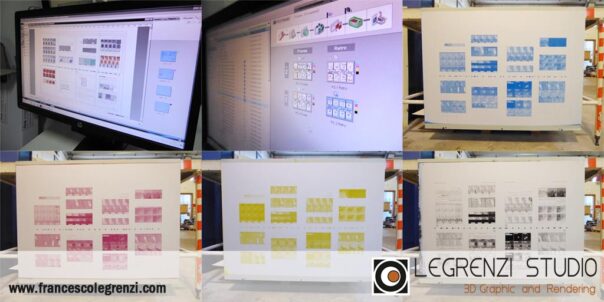
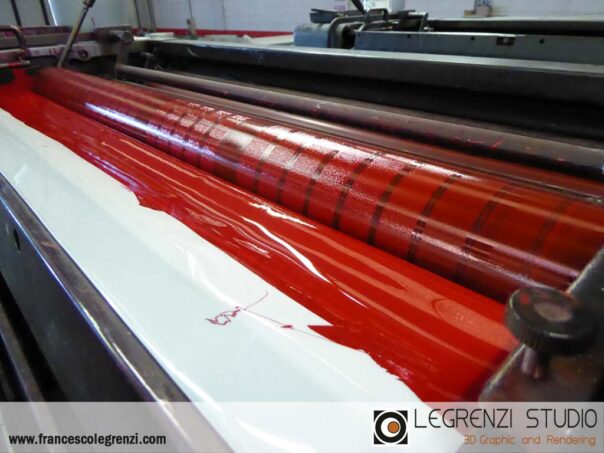
time – this is a close-up of the section dedicated to red printing
It’s a complex book, how was the translation managed?
The translation phase was quite complex. At first, I wanted to rely on translation agencies. After some research, I found a company that seemed suitable to a complex task such as translating a 3D graphics technical manual.
The initial test looked great, but I couldn’t say the same about the later chapters. In addition, the constant revisions of the Italian book due to the speed of Corona Renderer updates made communication between our studio and the agency problematic.
Realizing that the quality of the product was not good enough, I decided to take matters into my own hands and personally carry out the translation, daily supported by three talented and patient native speakers (Angelica, Chris, and Carlos) and by Tom Grimes (Corona Team). A big thanks to all of them!
In conclusion, I am very satisfied with the result obtained, as confirmed by some users who had the pleasure of reading the preview of the English version, Chris Langeveldt and Zdenka.
What comes with the guide?
Buyers of the book “V-Ray: THE COMPLETE GUIDE” complained that the 3D scenes shown in the manual were not attached. I didn’t think it was a big problem at the time because those files were really simple and achievable in seconds.
With my second book, I didn’t want to make the same mistake. That’s why I produced 117 scenes for 3ds Max (there is no book in the world dedicated to a rendering engine with so many scenes available), designed and engineered to exemplify that precise parameter or concept, offering the user effective tools to test their knowledge.

However, the files are not particularly complicated and heavy. This is for two reasons. Firstly, I wanted to give everyone a chance to practice, even users with low-end computers. The second relates to reactivity.
The purpose of the manual is to explain, in concrete terms, how Corona Renderer works, and hundreds of MB files are not needed for this purpose. As I always tell my students, to understand a certain parameter you have to practice with simple, fast, and easy to manage files.
Thanks to my decades of experience in creating complex scenes (especially exteriors), the structure of the files attached to the guide are accurate and complete in detail, with names of objects and materials understandable and self-explanatory.
All scenes are organized with layers specially named to offer perfect navigation within the file structure.
The book was developed using 3ds Max 2015 when Corona Renderer v1.3 was compatible starting with 3ds Max 2011. All files are tested with 3ds Max 2014 through to 2021, ensuring full compatibility with all 3ds Max versions supported by Corona Renderer v6.0.

In addition to the .max files, I made dozens of technical videos in .mov format, all available in low resolution within our YouTube channel. Thanks to these animations, understanding the more complex parameters will be even more immediate and hopefully enjoyable.
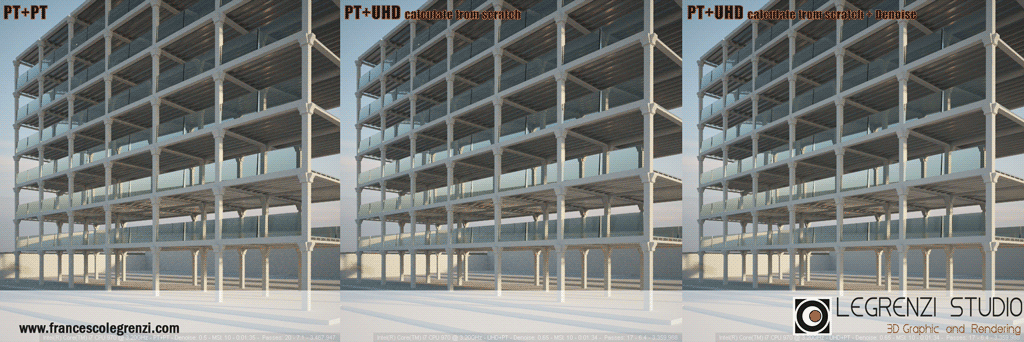
There is also .psd (Photoshop) and .aep (After Effects) files, developed during the writing of the Render Elements chapter.
I made an animation and saved some Render Elements “frame-by-frame” in 32-bit depth in order to understand, in practical terms, how to composite the various Render Elements together.
No one has ever made such accurate post-production tutorials for Corona Renderer, explaining all its thirty-two Render Elements one by one.
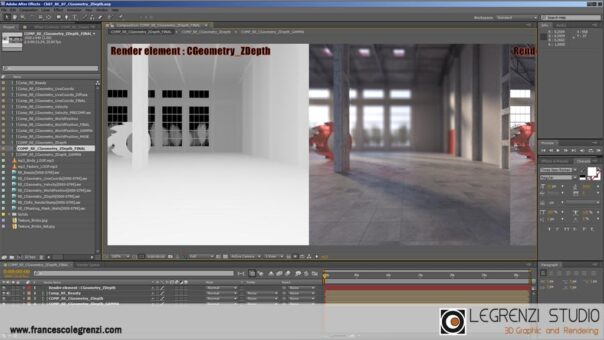
Finally, there are animations in OpenVDB format used for the analysis of the CoronaVolumeGrid object
I devoted an enormous amount of time developing the DVD content, and I am sure these files will become faithful companions on the long journey of learning Corona Renderer.
It’s been quite a journey then! So what’s next on your plans?
At the moment I want to take a break from these long and tiring four years, during which the writing of the book, its translation and the creation of the new website absorbed all my energies. Anyway, the life of “Corona: THE COMPLETE GUIDE” will be long, and I will try to offer small updates with each new Corona Renderer version.
I am also preparing a surprise for Corona Renderer users. Meanwhile, we are always active in experimenting with new technologies.
Lastly, how can people get hold of a copy?
At the time this interview took place (November 2020), the book was being printed. You can stay informed by going to the website for news, and also signing up to be notified when the book is ready for shipping!
The book is on sale exclusively on our website via our shop.
The price is €119 euros plus shipping. Available payments are wire transfer, PayPal, or credit/debit cards.
Shipments are traceable via a tracking number provided by email, and where shipping internationally air freight will be used for faster service.
Links
Website: www.francescolegrenzi.com
Facebook: www.facebook.com/LEGRENZISTUDIO
YouTube: Legrenzi Studio
Instagram: legrenzi_studio
Thank you very much Francesco for taking the time to talk with us! Everyone here wishes you the best of luck with the book, and there is no doubt that the community is going to find this a valuable asset.

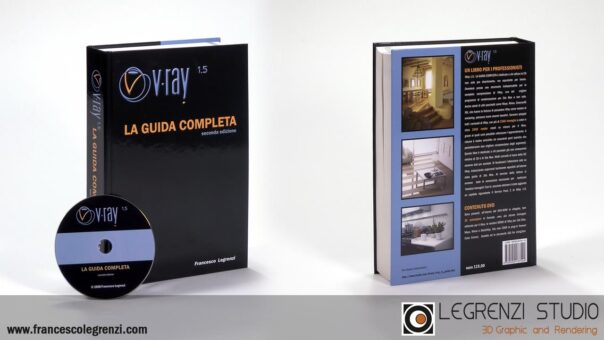
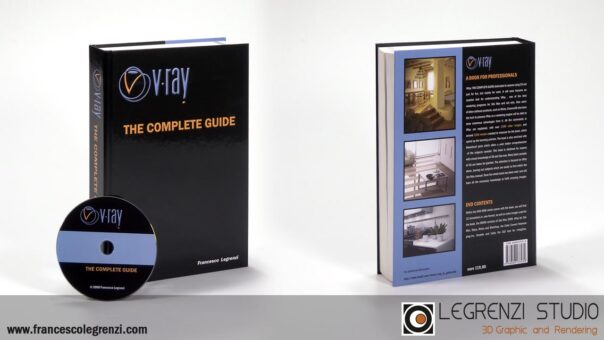
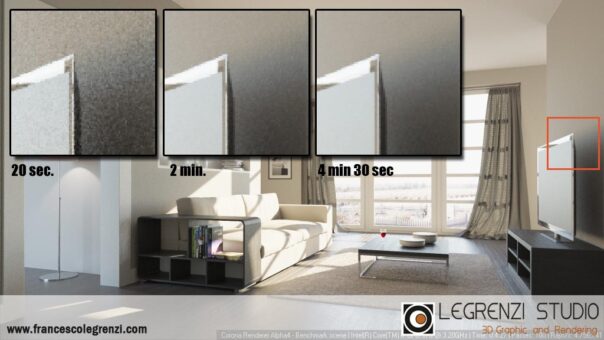
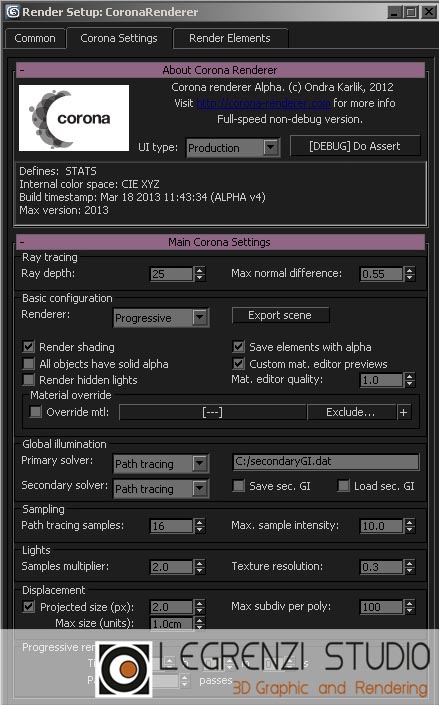


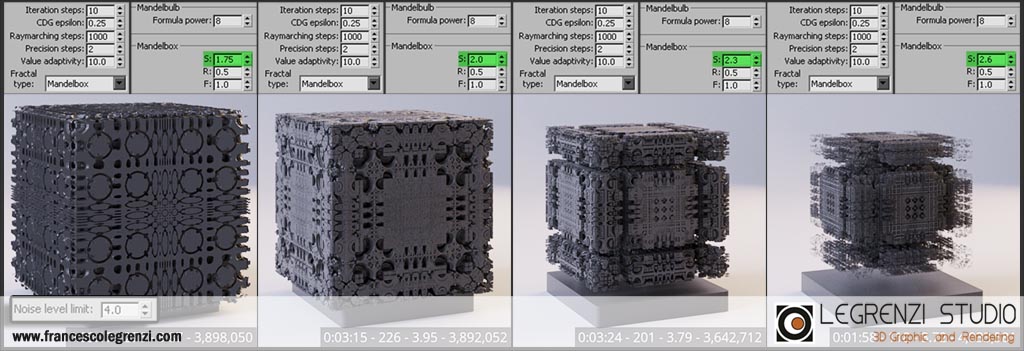

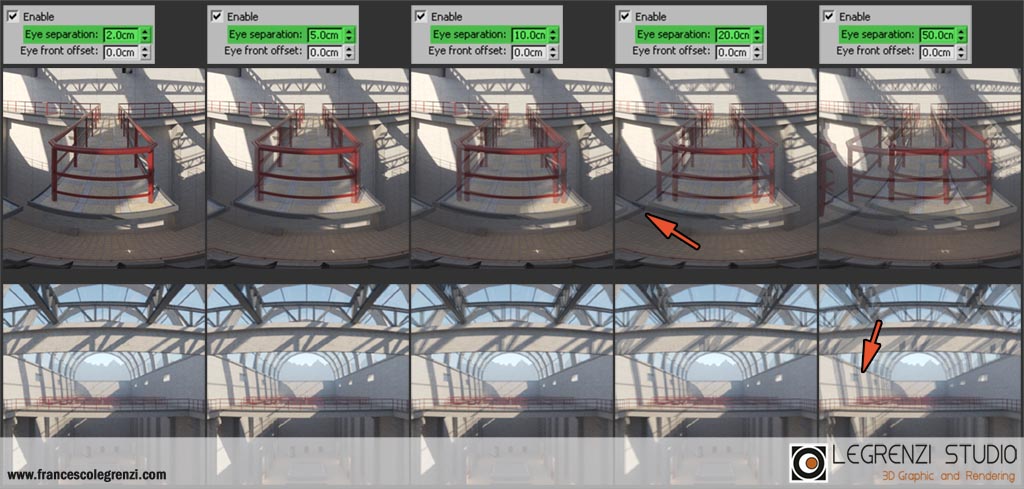
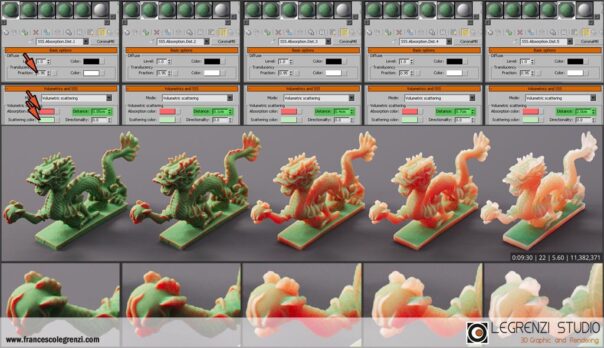
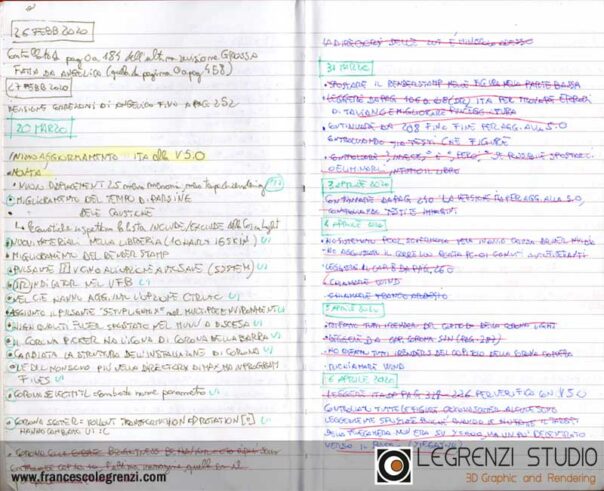

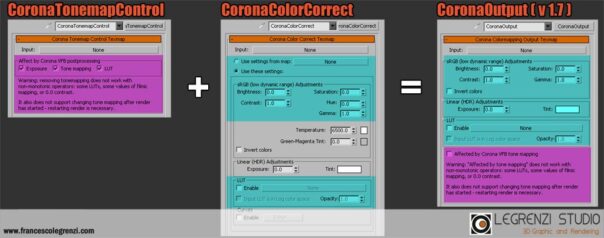
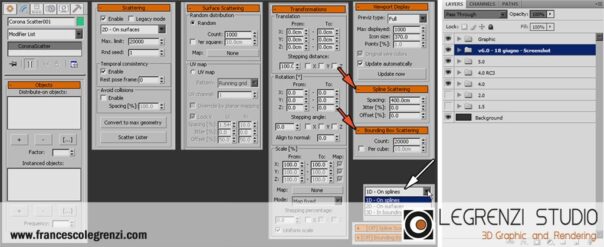
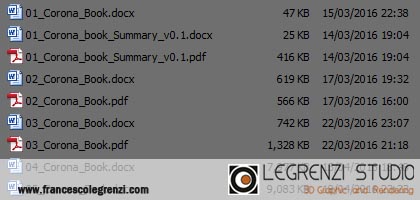
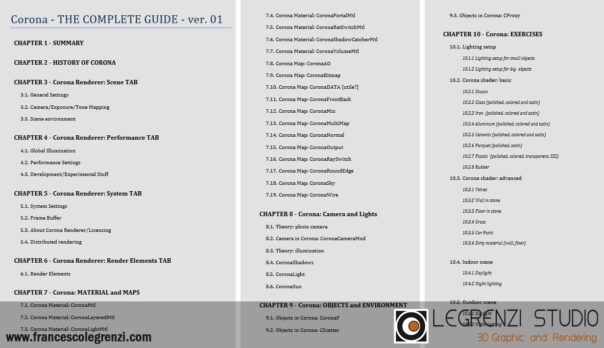
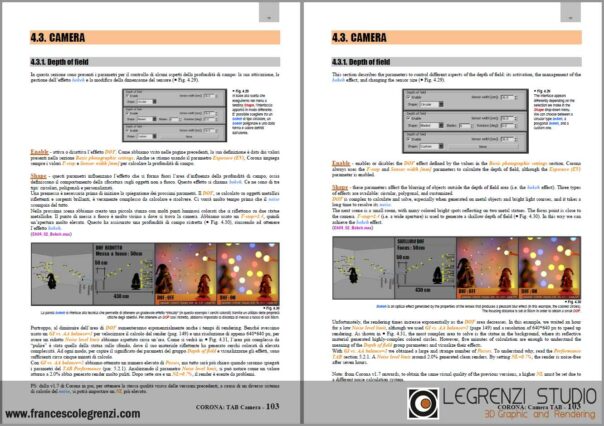
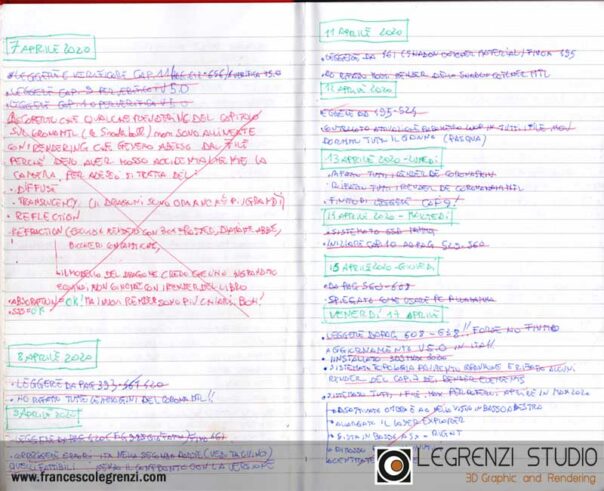
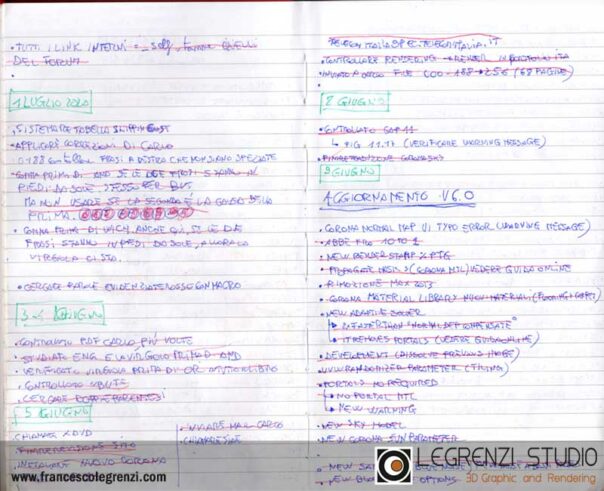




How to buy
The links to purchase the book are given at the end of the blog article. Thanks!
This one will complete my collection, beside the Vray complete guide 😉
I am pleased to note that many users remember my first book =)
Thank you so much to Corona Team for your support over the past 4 years!
We can discuss the book at this link (^_^):
https://forum.corona-renderer.com/index.php?topic=31057.msg181110#msg181110
Will definitely order a book – the most important thing would be (for me) that the book will be getting “updates” over time. Or downloadable pdf´s on the website with all the new features in the future.
But that will be the case, as i read. So i´m very excited!
You’d have to contact the author to check about their plans for updates or similar – links are given at the bottom of the article. Thanks!
tobias, as you can see, we did it 😉
https://www.francescolegrenzi.com/en/corona-the-guide-version-7-update-ebook/
How to but it?
The links to purchase the book are in the article – https://www.francescolegrenzi.com/en/corona-the-guide/ is the place to go 🙂
Good day.
Is there a Russian version of the book?
You would have to contact the author for any questions about the book (their website and details are in the blog article), since the book is not something we make. As far as I know though, there is no Russian version – but do check in with Francesco to find out for sure! Thanks!
i want this book in india mumbai
You would have to get in touch with the author of the book – the link to their website to contact them is in the article 🙂